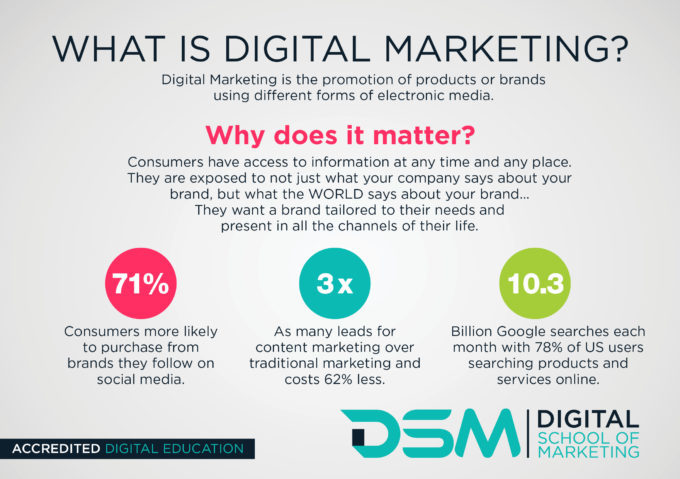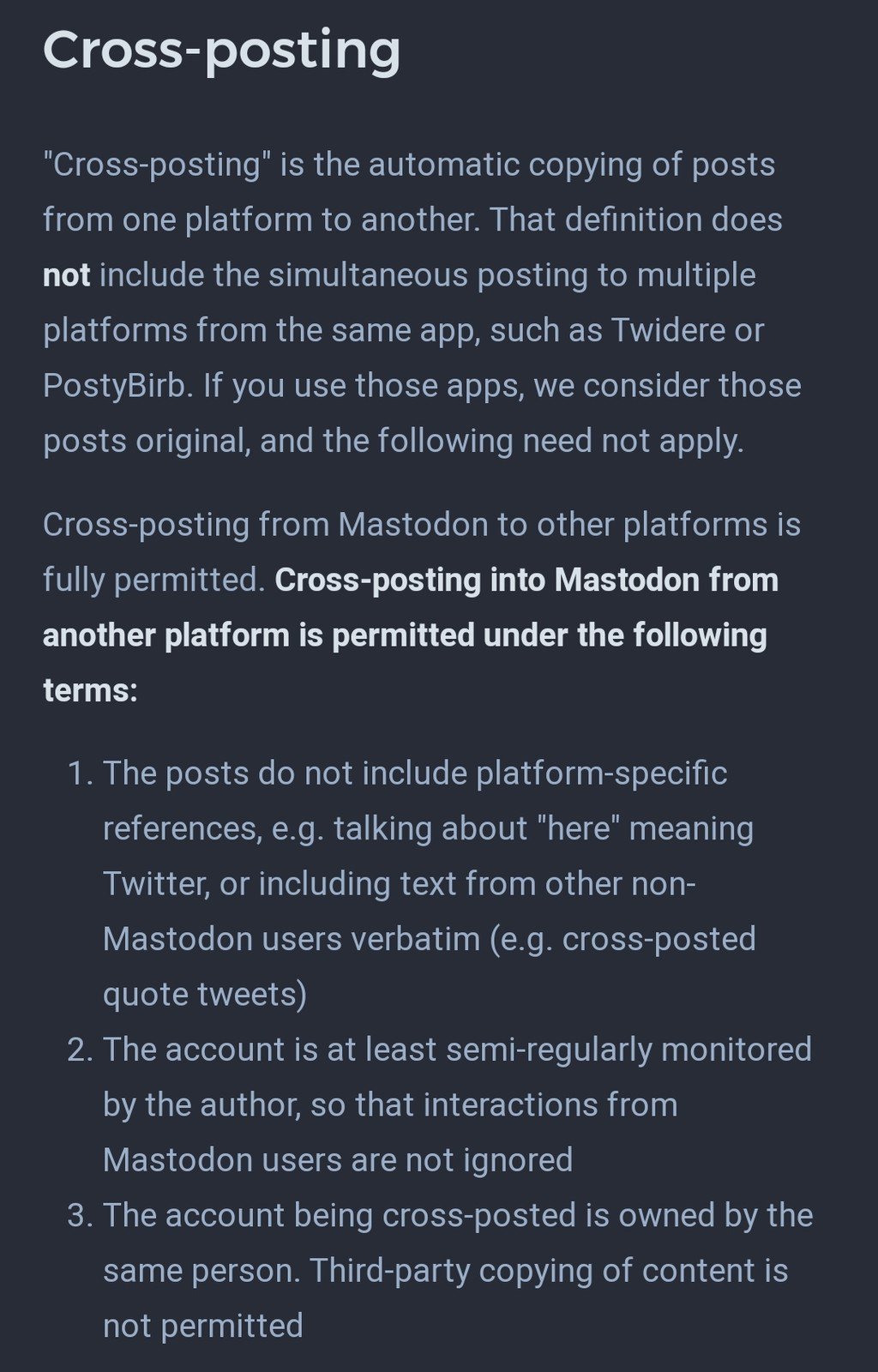
Video aggregators are a way to organize large amounts of video content in one place. They give you search features, recommendations, and billing. They can also be used to search for videos that are related to a particular topic. The choice of the right video aggregator is your decision. However, there are some things you should remember. Below is a comparison list of some of most popular video aggregaters:
The organization of large quantities of video content
As SVOD subscriptions rise, so does the need for an aggregator. Consumers will need to navigate the huge amount of content that is available with over 1.74 billion video subscriptions globally. There are many types aggregators. Some are disruptors such as Amazon, others are established players like Pay TV. All the players agree that aggregation, which provides consumers with a single point to bill and an economy for the providers, is crucial for the future video.
An aggregator is required for several reasons. Consumers expect flexibility and personalization of their video content. They also want to find content that is tailored to their needs, so streaming services are stepping up their efforts to provide this platform. These consumers will be assisted by AVOD-aggregators, who can assemble and package clips relevant to their interests.
Secondly, aggregators offer a variety of benefits for producers. Aggregators can negotiate better deals for platforms and help smaller films find theatrical release. Aggregators can also assist smaller films to find digital distribution opportunities within non-traditional markets. It is vital to note that film aggregators should not be confused with video hosting websites. They act as an intermediary between creators & distributors, providing marketing, localisation, and technical support.
Streaming services are becoming more popular, but consumers aren’t happy with the user experience. Consumers will have a harder time finding their favorite content, as more major companies enter the streaming space. Video aggregators can be a great tool to personalize and foster flexibility for consumers. Accenture found that viewers prefer to watch their favorite content on a single platform, rather than using multiple services.
You can search
As the amount of SVOD subscriptions increases, the need for a video aggregator to make it easier for consumers to find and consume content grows. A survey of pay-TV subscribers revealed that 62% felt frustrated when searching for the content they needed. Operators have implemented search and recommendation functions to reduce frustration over the last five decades. Several approaches are currently emerging in this space.

The streaming video market has many problems. There are many streaming content providers, each with their own apps. This makes it difficult to find the right content. Intellectsoft developed an app to make it easier by aggregating content from multiple providers and specifying which platforms they are available on. These video aggregators can be found all over the internet and are a great way to locate the content that you need.
This model is the most straightforward and most cost-effective, but it is also the most difficult to market. Many video aggregators don't host content themselves and struggle to obtain metadata rights. Many resort to scraping techniques instead. Video aggregators often refuse to include revenue sharing or banner advertising in their revenue models. This can prevent them from gaining the popularity they deserve.
Using news aggregators can help you find the latest news and stories. These tools can also gather videos relevant to a specific topic. Video aggregators that are most efficient automatically curate videos for users. Google News is a great example. It automatically curates stories and provides users with the latest news. Google News not only gathers the most recent news but also provides video aggregation and links to other sources.
Recommendations
Video aggregators have grown in popularity due to the increasing popularity of SVOD services. Video aggregators have become a major component of TV packages. However, many consumers are frustrated at the difficulty they face in accessing and finding content. A recent survey found that over half of subscribers to pay TV find it difficult to find content. This number has declined in the past five years. While some aggregators only focus on the role as super-aggregators, other aggregators have a core business. In both cases, each aggregator will play a key role in particular segments of market.
This problem gets more complicated as there are more OTT services. Subscribers must navigate multiple services. Each service also requires different credentials and payment methods. This makes matters even more complicated as video aggregators must obtain metadata rights to their content. In addition, the revenue models for these aggregators are often limited, with little room for banner advertising or revenue sharing.
Video aggregators offer a number of advantages. Many are very easy to use as the bulk of the aggregation process happens automatically. They also offer a search engine to locate all streaming services available, reducing friction between multiple websites. As a result, they are more cost-effective for consumers. These are the top video aggregators.
Indie films can only be released by film aggregators. They can help filmmakers find their films on major VOD platforms and iTunes by placing them on these platforms. While there have been some scammers masquerading as legitimate video aggregators online, there are still some advantages for filmmakers. For one, these services can help them build their chops and target younger audiences.
Billing

As the global SVOD market grows, the number of SVOD subscribers is likely to grow as well. There are over 1.74billion subscribers globally. This will make it difficult for consumers to find the content that interests them. Billing video aggregators have many roles. Some are solely aggregators, while others serve an established industry such as Pay TV operators. In general, however, they all have an important role to play in certain segments. These are the most in-demand.
This is the most simple model, but it's also the most difficult to commercially implement. Many video aggregators don't host their own content, and they struggle to get metadata rights from content providers. Some resort to scraping. The services may not be interested either in advertising banners or revenue-sharing. This is another problem with aggregation income models. These revenue models offer several benefits.
Consumers can also benefit from billing video aggregators to simplify their multiple subscriptions. Access to a single source for video content can mean easier access for subscribers. However, that doesn't necessarily mean that they will be able to find what they want. Recent research has shown that 62% subscribers to pay-TV often struggle to find what they are looking. This problem can be solved by aggregation services. They can make it easier for you to manage multiple subscriptions and improve your account management.
Aggregation fees vary widely. For a feature film, they average around $1K. Other fees may be lower. Some aggregators might offer a revenue sharing model that reduces upfront fees. Others may offer discounts for Compressor users and other assets. Many offer Compressor users discounts or can create assets. These costs could be more expensive than the benefits offered by the platform. How can I determine which platform will be best for me?
FAQ
How much does SEO cost?
SEO costs vary based on your company's size, industry, and budget. Smaller companies may only require a few hundred dollars per month, while larger companies will likely spend thousands per month. You can use our SEO calculator to get an estimate of the cost.
Why SEO strategy is important?
The main goal of search engine optimization (SEO) is to increase traffic to your site by getting as many people as possible to find you when they use Google.
Search engines like Google, Yahoo! and Bing store information about websites on servers known as crawlers. These crawlers send the data back to the central database. This allows them to index pages for searching purposes.
People will click on your links and visit your pages if you appear high in the results. You won't be seen in these searches.
To ensure that your website is found by search engines, ranking high on all major search engines is the best method. There are two main methods to achieve this: paid advertising or natural organic links.
Paid Adverts - Companies that pay per-click for online advertising to appear first in search results will be known as Paid Advertising. These ads can include text ads, banner ads, pop ups, ecommerce widgets, and more.
Natural Organic Links: These are links where you have created a great site over time, and gained trust from your industry. Link building takes place naturally. This can be done through blogging, guest post, commenting, linking, and many other activities.
You must continually invest in both types of marketing to stay ahead of your competition.
What is On Page SEO?
On-page optimization refers to actions taken within your website in order to improve its ranking in search engines. Things such as site architecture, page titles, meta tags, and image alt text are all part of on-page SEO. Off-page SEO is activities that are not related to your website and will help improve its rankings. These include backlinks, social media shares, press releases, and more.
What is a PPC Ad?
Pay-per-click ads are text-based advertisements that appear at the top or bottom of a page.
These advertisements are very targeted. Advertisers only get paid if someone clicks on them.
PPC advertising is very similar to Pay Per Call advertising, which we'll discuss later.
How often should I refresh my website?
There are many methods to update your website. One way to make your website more modern is using a CMS, also known as a Content Management System. This allows you to easily modify all content on your site without needing to touch any code.
Another way to update your website is to use plugins. These plugins can either be purchased from WordPress stores or installed by you.
WPtouch, Yoast, and several other plugins are free. It's a good idea test out different methods to see which works best.
What are the various SEO strategies?
There are many types of SEO strategies, such as search engine optimization or social media optimization (SEO), or pay-per–click advertising (PPC).
SEO is a way to optimize content for certain keywords through text formatting and HTML code.
This makes your site appear higher on search results pages.
Social media optimization (SMO), on the other hand, is optimizing your website to be seen on social networks like Twitter, Facebook and Google+.
These are a great way to build your online brand and make visitors more likely visit your site when they search for similar topics.
PPC ads are also displayed at the top search results pages and show relevant products or services.
Advertisements on Google paid searches are the most popular type of PPC advertising. These are very cost-effective, but they can also be expensive.
There are many other types of PPC advertising, including video ads, display ads and sponsored posts.
Statistics
- If two people in 10 clicks go to your site as a result, that is a 20% CTR. (semrush.com)
- Deleting those 10k pages is one of the main reasons that he improved his site's organic traffic by nearly 90%: (backlinko.com)
- : You might have read about the time that I used The Content Relaunch to boost my organic traffic by 260.7%: (backlinko.com)
- Which led to a 70.43% boost in search engine traffic compared to the old version of the post: (backlinko.com)
- And 90%+ of these backlinks cite a specific stat from my post: (backlinko.com)
External Links
How To
How do I start my first blog.
It's simple! WordPress is an excellent tool for creating a blog. The user can modify the look and feel of their blog easily by adding themes and changing fonts and colors. They can also add plugins which allow them to alter certain aspects of their site based upon visitor activity.
WordPress.org offers many templates for free and premium templates that are more expensive. Premium templates can include additional pages, plugins, or advanced security features.
Once you've downloaded your template, you'll need to sign up for a free account with a hosting provider to upload your files and run your blog. Although many hosts offer free accounts with limited space, there are restrictions on the number of domains that you can host, how many emails you may send, and how many websites you can upload.
If you plan to use more domain names, you will also need to purchase separate email addresses. Some hosts charge a monthly subscription fee.
A blog hosted online is a great way to start blogging if it's your first time. Many hosts offer unlimited storage space so that your files will not be deleted even if they are accidentally deleted.
Many hosts allow users to host multiple domains. This means you can have multiple sites with the same hosting package. You can save money by not signing up for multiple email addresses, and you can maintain all of your sites using one interface.
Some hosts provide social media sharing buttons to their dashboards. This allows visitors and users to quickly share posts across the Internet.
Most hosting providers provide tools for managing your blog. You can see your site's performance stats and compare it to other blogs.
These tools can make managing your website easier and quicker, so it's worth taking a look at them before you commit to a hosting plan.
To sum up:
-
Choose a topic pertinent to your business.
-
Create engaging content;
-
Optimize your site using SEO techniques;
-
Promote your site using social media channels;
-
Regularly review your statistics in order to make changes if needed.
-
Don't forget to update the blog often.
In short, create good content, promote it effectively, and track its success.